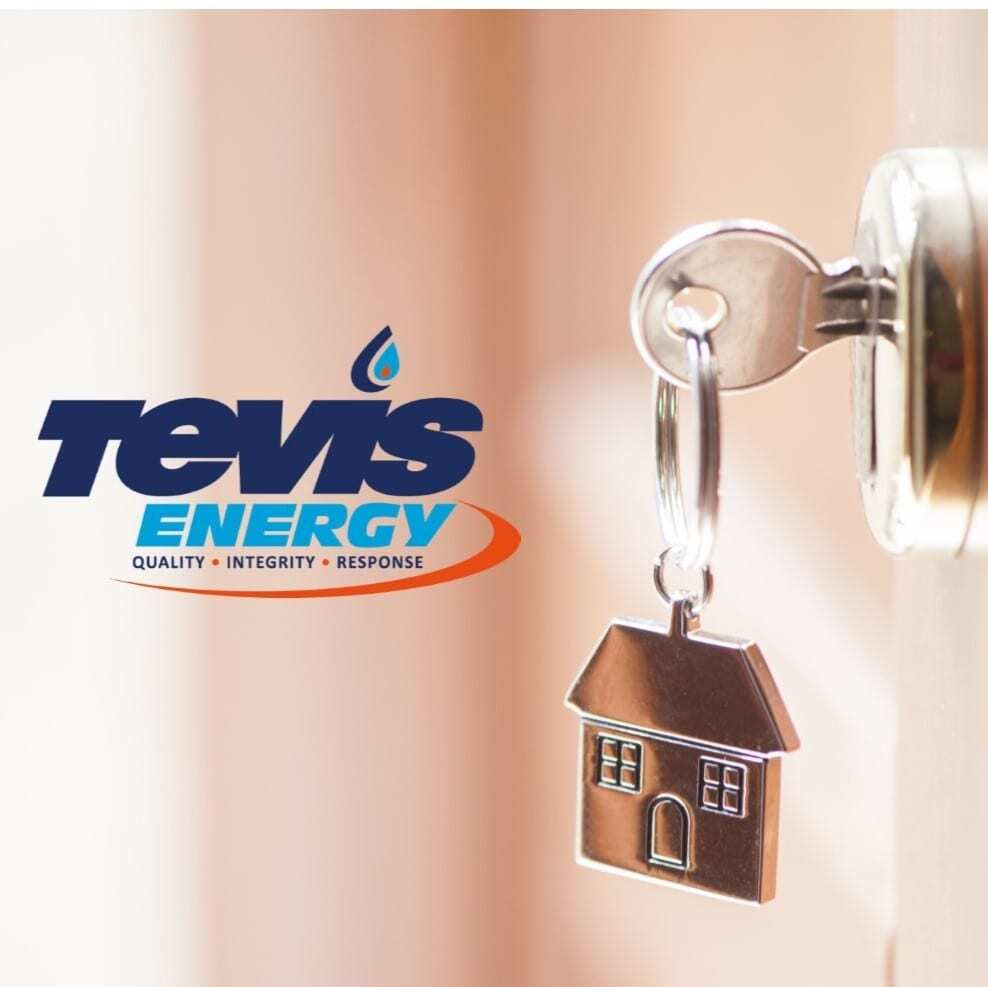
On a scale of good to bad, buying a house with an abandoned and leaking oil tank falls distinctly onto the bad side of the ledger. The good news is that properties with these tanks are rare, but they do exist and oil tank decommissioning and clean-up can be expensive. Here are some of the risk of buried oil tanks as well as few tips on how to protect yourself from costly cleanup fees if oil from the tank were to leak or if oil contamination is found on your property.
What Are the Risks of Buried Oil Tanks
The risks of an underground oil tank range from environmental and legal to financial and health-related. First, if your oil tank sprouts a leak, the cost of cleaning the contaminated soil and water can stretch into thousands of dollars. Insurance may only cover a portion of these costs, further increasing your risk. If your leak affects your neighbor’s yard or a nearby company or government agency, you could be looking at lawsuits that increase your financial burden exponentially.
The environmental impact of an underground oil tank leak should not be overlooked either. If the leak spreads from the soil and into the groundwater, the groundwater may become contaminated and unusable for irrigation. If the leak reaches the surface water supply, this danger extends to nearby residents as well as any neighboring wildlife. Even if the leak doesn’t reach the surface water, the health impacts of concentrated oil vapors can range from headaches and drowsiness all the way to more serious conditions if there is long-term exposure.
In order to protect yourself from these unfortunate consequences and others, read on and learn how to discover an oil tank on your property and ensure it won’t be a burden.
Homes Using Oil Heat with an Underground Oil Tank
If you are a homeowner and you have an active oil heating tank (meaning your current heating system runs on oil), you should look into getting it covered by insurance. Oil tanks and the network of pipes leading from the tank to your home are all susceptible to leaks, making them major financial and environmental liabilities. In Washington State, you can register your tank through the Pollution Liability Insurance Agency (PLIA), which offers free insurance to anyone in the state who registers with the program.
If you are buying a property with active oil heat, make sure that the current owner has registered the tank. If they have not, you should register the tank as soon as you take ownership of the property.
As a general rule, the longer the history of coverage the better; this allows less opportunity for the insurance program to claim a pre-existing condition if a claim is filed.
Homes with Inactive Oil Tanks
The last four decades have seen a dramatic shift away from oil and towards natural gas as the fuel used to heat houses. The reason for this shift is two-fold: oil is more expensive than natural gas and oil prices are volatile and subject to spikes.
Keep in mind that natural gas is a relatively new product. In the Seattle area, natural gas started to be piped to our homes in the 1960s. Therefore, most homes that were built prior to the 1960s likely had oil heat at one time, even if they now have natural gas.
You could put these older natural-gas-powered homes into two categories:
• Old house with a properly decommissioned oil tank
• Old house with an abandoned oil tank.
In my experience, most oil tanks have been properly decommissioned. This is when a professional contractor empties the tank and either cleans and fills the tank or removes it. However, beware of the property with active natural gas heat and an abandoned oil tank. Such a property would not be covered under the PLIA insurance program if the heating system were fueled by natural gas and if oil contamination were found on that site; the owner of the property would be responsible to clean it up.
Buying a House with a Buried Oil Tank
If you are concerned the property has an abandoned and underground oil tank that might be leaking (or leak in the future), you’ll want to have the property evaluated by a contractor who specializes in oil tank location and decommissioning. Try to have the tank decommissioned by the seller prior to your taking ownership of the property; that way if problems arise in the decommissioning, you are not the owner of the property when it happens.
If you do not see evidence of a buried oil tank outside but you find evidence inside, do not just assume the tank has been decommissioned. Ask the seller for a copy of a decommissioning statement. I would add this to the title of the property so if you lose the statement, there is a permanent record of the oil tank decommissioning. When you go to sell the house, you’ll want to have this statement to pass along to the new owners.
Decommissioning: Should I Remove My Oil Tank or Have It Filled?
If you’ve determined that your property has an underground oil tank, whether active or inactive, you have several options for proceeding. The process of decommissioning refers to “permanently closing a tank” by either capping it, filling it with material like foam or slurry, or digging it up and removing it from the ground completely. Each of these options has variables to consider. However, filling the tank with polyurethane foam may be the best option. It presents no health hazards, is relatively lightweight should you ever decide to have the tank completely removed, and has the strength to ensure that the structural integrity of the tank will remain intact.
Regardless of which option you choose, it is essential that you choose a reputable oil tank removal professional. A shoddy decommissioning job puts you at risk for leaks and further liabilities in the future.
How to Tell If You Have an Abandoned Oil Tank
On the outside, look for the presence of BOTH a gas meter AND an oil tank fill valve and/or breather tube: see photos below for reference. If the buried oil tank has been properly decommissioned they will usually remove or cut the breather tube and fill valve, so there will be no signs of an oil tank on the outside of the house. The presence of BOTH a gas meter and an oil tank indicates that the tank may be abandoned.
On the inside of the house, go to where the furnace is installed and look for small copper lines. They often come as a set and the copper tubes will usually be pinched on the ends. This tells you the house was once heated using oil and may have a buried oil tank.
On the inside of the house, go to where the furnace is installed and look for small copper lines. They often come as a set and the copper tubes will usually be pinched on the ends. This tells you the house was once heated using oil and may have a buried oil tank.
This blog originally posted on Redfin by Ryan Smith.
For information about underground tank regulations in Maryland & Pennsylvania visit the DEpartment of Enervironment website:
Maryland
Pennsylvania
For information about purchasing a new oil tank, contact Tevis Energy today.
Posted in Blog
Tags: first time home buyer, new to oil heat, oil tanks, tank replacement
